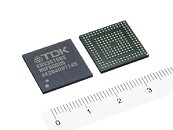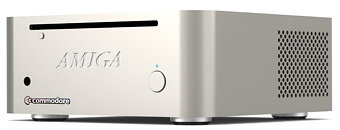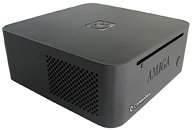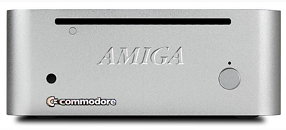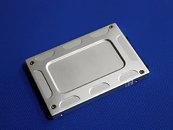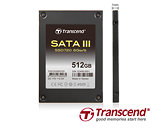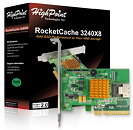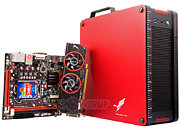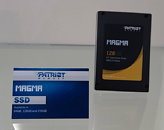
Toshiba Qosmio X870 Packs A Potent Combo
When we learned early details about the Qosmio X870 from Toshiba, we took it as a sufficiently impressive combination of "Ivy Bridge" and "GeForce Kepler", without a clue about which exact models they were. DonanimHaber went hands on with one of these beasts and discovered it instead packs top-rate versions of Ivy Bridge and GeForce Fermi...err, right.
The X870 is driven by Core i7-3610QM. This chip is perhaps the most popular Core i7 mobile chip notebook designers will have access to, from the 3rd generation Core processor family. Armed with 4 cores, 8 threads (enabled with HTT), the i7-3610QM has a nominal clock speed of 2.30 GHz, with a Turbo Boost frequency as high as 3.30 GHz. Unlike higher Core i7 Extreme mobile models, its L3 cache is limited to 6 MB. Handling graphics, on the other hand, is the NVIDIA GeForce GT 670M. The GT 670 is based on 40 nm GF114 GPU, and packs 336 CUDA cores, and 2 GB of GDDR5 memory over a 256-bit wide memory interface. Other notable features of the Qosmio X870 include 16 GB of dual-channel DDR3 memory, a 17.3-inch display with 1920x1080 pixels resolution, an SSD holding the OS and programs, and a 2 TB HDD holding data.
The X870 is driven by Core i7-3610QM. This chip is perhaps the most popular Core i7 mobile chip notebook designers will have access to, from the 3rd generation Core processor family. Armed with 4 cores, 8 threads (enabled with HTT), the i7-3610QM has a nominal clock speed of 2.30 GHz, with a Turbo Boost frequency as high as 3.30 GHz. Unlike higher Core i7 Extreme mobile models, its L3 cache is limited to 6 MB. Handling graphics, on the other hand, is the NVIDIA GeForce GT 670M. The GT 670 is based on 40 nm GF114 GPU, and packs 336 CUDA cores, and 2 GB of GDDR5 memory over a 256-bit wide memory interface. Other notable features of the Qosmio X870 include 16 GB of dual-channel DDR3 memory, a 17.3-inch display with 1920x1080 pixels resolution, an SSD holding the OS and programs, and a 2 TB HDD holding data.




